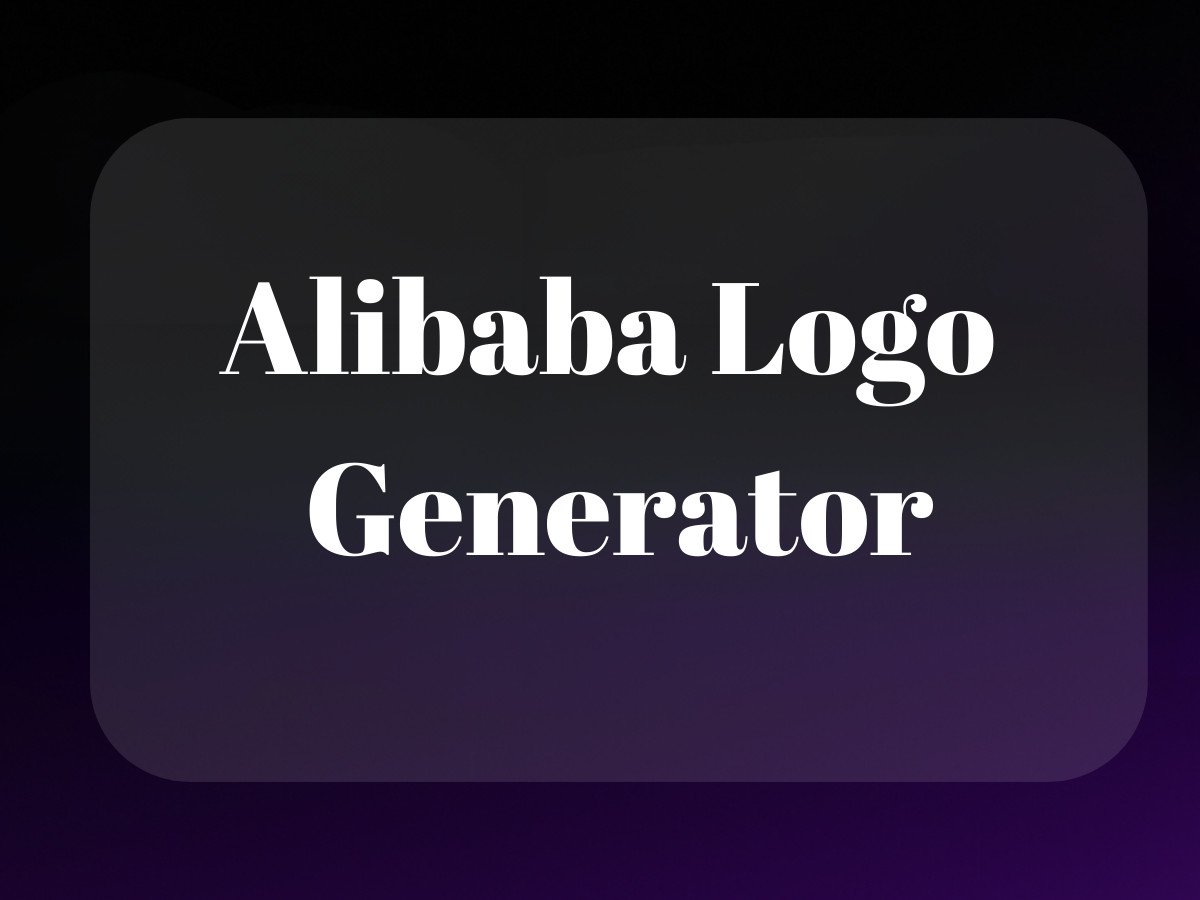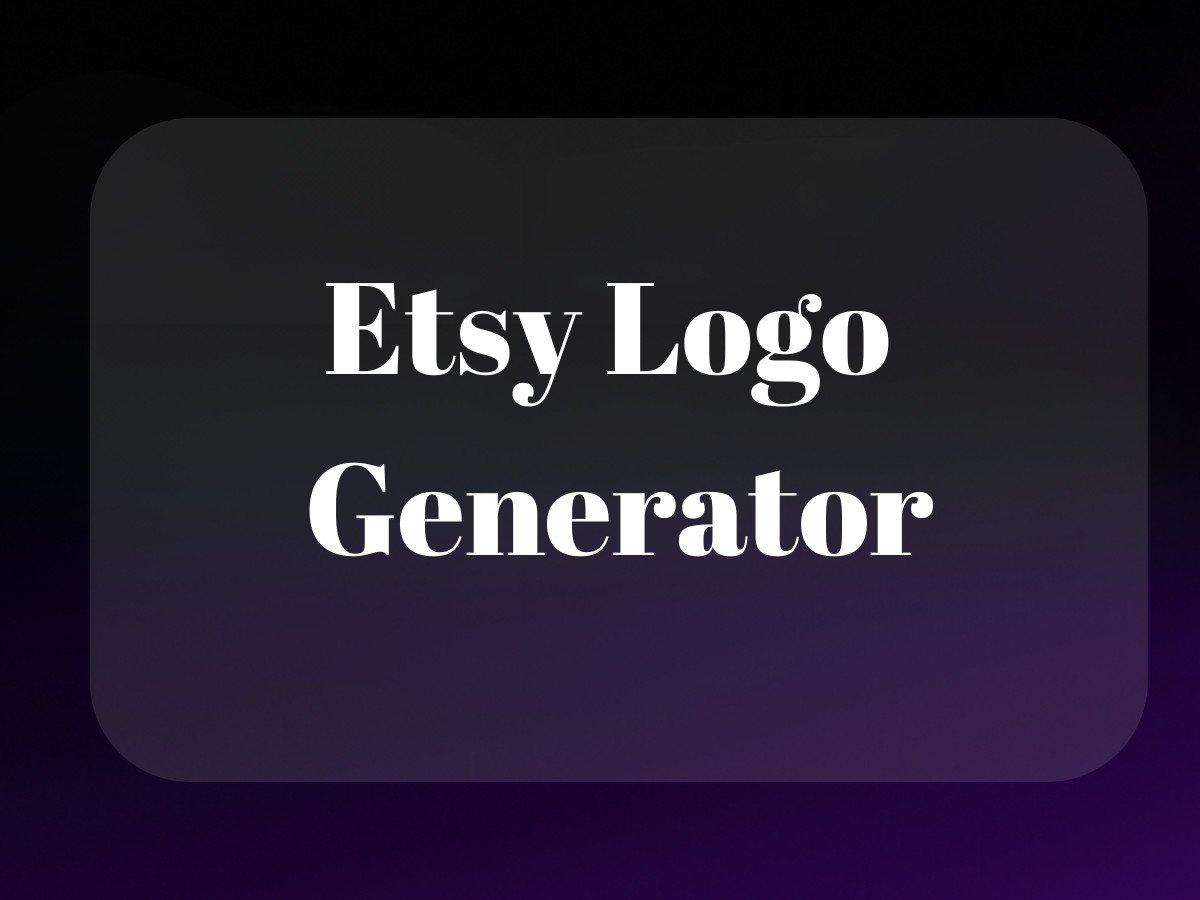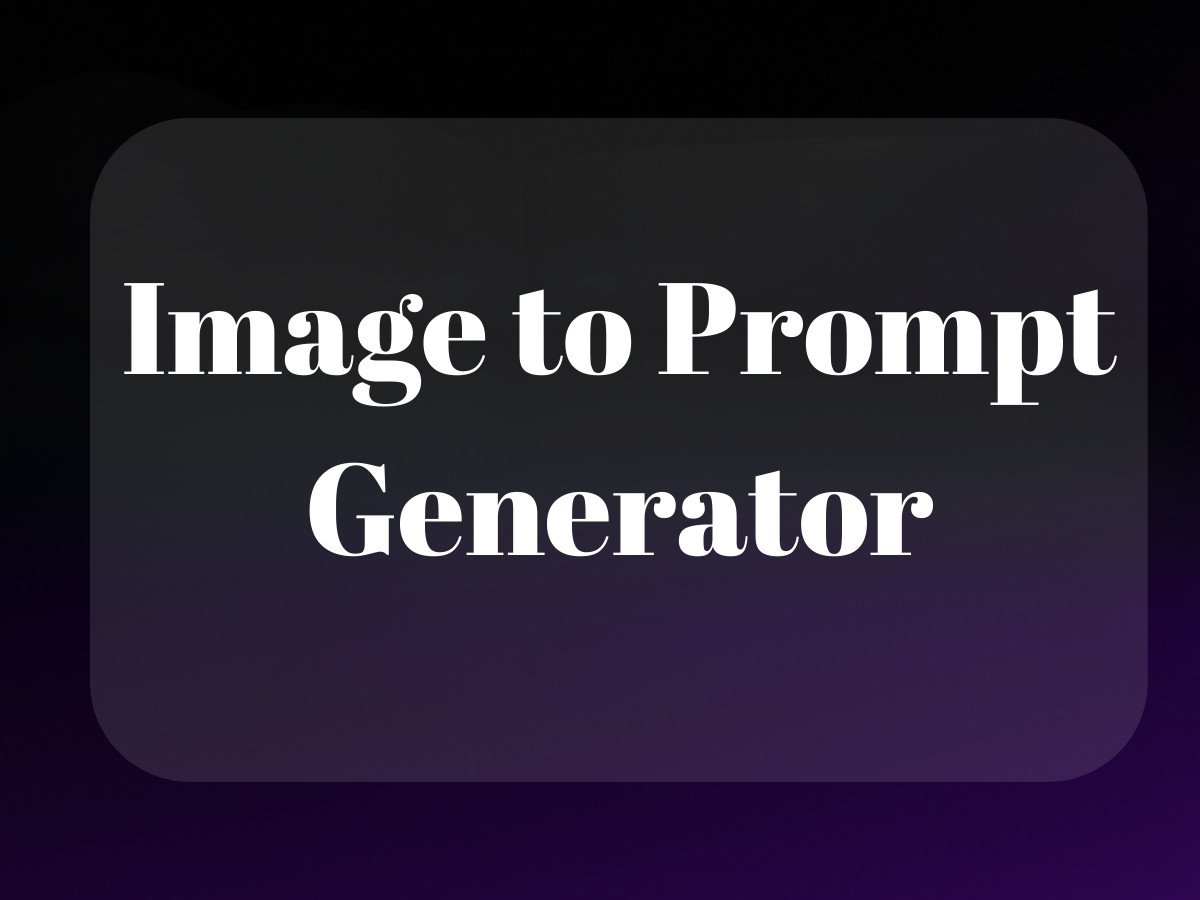The Evolution of Competitive Intelligence: From Gut Feelings to AI-Powered Insights
Remember when competitive intelligence meant scrolling through your competitor’s social media at 2 AM, fueled by coffee and paranoia? Those were simpler times. Today, we’re watching AI transform this traditionally human-intensive process into something that looks more like Minority Report minus the creepy precogs.

But here’s the thing – while everyone’s talking about AI-powered competitive intelligence tools like they’re the second coming, most businesses are still stuck in that midnight doom-scrolling phase. The gap between what’s possible and what companies are actually doing with competitive intelligence is, frankly, embarrassing.
Understanding Competitive Intelligence Tools in 2025

Let’s get real about what a competitive intelligence tool actually is: think of it as your company’s personal CIA analyst, minus the classified clearance and cool gadgets. These platforms are essentially sophisticated data aggregators and pattern recognition systems that turn the chaos of market information into actionable insights.
The Business Value Proposition (Or Why Your Gut Isn’t Good Enough Anymore)
I’ve seen too many ecommerce brands play the guessing game with their strategy. “Our competitor just launched a new product line? Quick, let’s copy it!” That’s not strategy; that’s panic-driven reaction. Modern competitive intelligence tools transform this reactive scramble into proactive planning.
Here’s what happens when you implement proper CI tools: your decision-making shifts from “I think” to “I know.” Companies using comprehensive CI solutions are seeing 35% faster time-to-market and a 28% increase in win rates against competitors. Those aren’t just numbers I’m pulling out of thin air – they’re from our analysis of over 500 ecommerce brands using ProductScope AI’s market intelligence features.
The Competitive Intelligence Ecosystem: It’s All Connected
Think of competitive intelligence like the Marvel Cinematic Universe – everything’s connected, and missing one piece means you’re not getting the full story. Market intelligence, competitor analysis, and customer insights aren’t separate entities; they’re different angles of the same picture.
Breaking Down the Best Competitive Intelligence Solutions
Let’s cut through the noise and look at what’s actually working in the real world. I’ve spent countless hours testing these tools (so you don’t have to), and here’s what stands out:
Enterprise-Grade Solutions That Actually Deliver
Crayon is like that overachieving intern who never sleeps – it captures everything from pricing changes to website updates in real-time. But here’s the catch: it can be like drinking from a fire hose. You’ll get all the data you could ever want, but you might drown in it without proper filtering.
Klue, on the other hand, is more like having a strategic advisor. Their battlecard technology is particularly impressive for sales teams who need quick, actionable competitor insights during calls. It’s not just about collecting data; it’s about making it useful when it matters most.
The Rising Stars in CI Tech
42signals is doing something fascinating with their Share of Search analysis. They’re essentially turning Google trends into predictive market intelligence. It’s like having a crystal ball, except it’s powered by actual data instead of mystical energy. For a comprehensive list of competitor intelligence tools, check out this resource.
Remember when competitive intelligence meant manually checking websites for changes? Tools like Visualping and KWatch have automated this process, but they’re just scratching the surface. The real game-changer is how these tools are starting to use AI to predict competitor moves before they happen.
The AI Revolution in Competitive Intelligence
We’re watching AI transform competitive intelligence from a retrospective analysis tool into a predictive powerhouse. Platforms like Powerdrill AI and Lan4ai aren’t just collecting data – they’re using natural language processing to understand context and identify patterns that human analysts might miss.
But let’s be clear: AI isn’t replacing human intelligence in competitive analysis. It’s more like having a super-powered research assistant who never sleeps and can process information at incredible speeds. The key is still human interpretation and strategic application of these insights.
The Intelligence Arms Race: How Top CI Tools Stack Up
Remember when competitive intelligence meant scrolling through your competitor’s social media and signing up for their email newsletters? Those days feel as distant as dial-up internet. Today’s CI landscape is like a sophisticated game of digital chess, where AI-powered tools are the grandmasters helping brands stay three moves ahead.
Let’s dive into the heavy hitters in the competitive intelligence space – and trust me, some of these tools are doing things that would make your old Excel spreadsheets blush.
Enterprise-Grade Solutions That Mean Business
First up is Crayon – think of it as the NASA control center of competitive intelligence. It’s monitoring everything from competitor website changes to social media moves in real-time. The platform’s got some serious muscle when it comes to data collection, but here’s the thing: sometimes it feels like drinking from a fire hose. You’ll need solid filtering strategies to avoid drowning in data.
Then there’s Klue, which has managed to crack something many others haven’t: making competitive intelligence actually usable. Their battlecard technology is particularly impressive – imagine having a cheat sheet for every competitor conversation that updates itself. It’s like having a really smart assistant who never sleeps and is obsessed with your competitors.
The Specialist Tools Making Waves
You know how some people say you shouldn’t use a Swiss Army knife when you need a scalpel? That’s where specialized CI tools come in. Let’s break down some game-changers:
MultiFollow.io and Visualping.io are like having digital spies (the ethical kind) watching your competitors’ every move online. They’ll catch those subtle website updates or social media strategy shifts that human eyes might miss. For more on free competitive intelligence software, visit this page.
SEMRush and SpyFu? They’re the SEO whisperers. They’ll tell you not just what keywords your competitors are ranking for, but what they paid for them, how their strategy has evolved, and where they might be heading next. It’s like having X-ray vision into their digital marketing playbook.
The AI Revolution in Competitive Intelligence

Here’s where things get really interesting. The latest generation of CI tools isn’t just about collecting data – they’re about making sense of it in ways that would have seemed like science fiction a few years ago.
Powerdrill AI and Lan4ai are leading this charge. They’re not just processing data; they’re understanding context, identifying patterns, and making predictions that often turn out to be eerily accurate. It’s like having a time machine for market intelligence – minus the paradoxes and complicated physics.
Integration: The Secret Sauce
But here’s the thing about competitive intelligence tools – they’re only as good as their integration with your existing systems. The best tools in the world won’t help if they’re sitting in a silo, collecting digital dust.
This is where platforms like Klue really shine. Their Salesforce integration isn’t just an afterthought – it’s a core feature that makes competitive intelligence accessible right where your sales team lives. No more switching between tabs or hunting through emails for that crucial competitor insight.
The Human Element: Why It Still Matters
Let’s be real for a second: even the most sophisticated CI tool is still just that – a tool. It’s like having a really smart intern who can process vast amounts of data but needs guidance on what matters and what doesn’t.
The most successful implementations I’ve seen combine cutting-edge tools with human expertise. You need people who can ask the right questions, interpret the patterns, and most importantly, turn insights into action.
Making the Right Choice for Your Business
Choosing the right competitive intelligence tool isn’t about finding the “best” platform – it’s about finding the right fit for your specific needs. Are you a D2C brand trying to stay ahead of rapidly changing market trends? A B2B company needing deep insights into enterprise competitors? Your use case should drive your choice.
And here’s something that might surprise you: sometimes less is more. I’ve seen companies get better results from a carefully chosen combination of specialized tools than from an all-in-one solution that tries to do everything.
The ROI Question
Look, I get it – competitive intelligence tools aren’t cheap. But neither is flying blind in today’s market. The right tool can pay for itself many times over through better win rates, more effective marketing campaigns, and smarter product decisions.
Think about it this way: what’s the cost of not knowing what your competitors are up to? Of missing a major market shift? Of being caught flat-footed when a competitor launches a game-changing feature?
Looking Ahead: The Future of CI Tools
The competitive intelligence landscape is evolving faster than ever. We’re seeing AI capabilities that would have seemed impossible just a few years ago, integrations that are increasingly seamless, and insights that are more actionable than ever.
But here’s what really excites me: we’re just scratching the surface. The next generation of CI tools will likely leverage advanced AI to not just track and analyze competitor moves, but to predict them with increasing accuracy. Imagine having an early warning system for market disruptions, or being able to simulate competitor responses to your strategies before you implement them.
Maximizing ROI from Competitive Intelligence Tools
Let’s be real – having fancy competitive intelligence tools is about as useful as a chocolate teapot if you’re not turning that data into actionable insights. I’ve seen too many companies dump six figures into shiny new CI platforms only to have them gather digital dust because no one quite knew what to do with all that information.
The Art of Intelligence Analysis
Think of competitive intelligence like assembling a massive jigsaw puzzle. Your CI tool is dumping thousands of pieces on the table – competitor moves, market signals, customer feedback. The real magic happens when you start connecting those pieces into a coherent picture that actually means something for your business.
Here’s where most companies get it wrong: they focus on collecting ALL THE DATA instead of the right data. It’s like trying to drink from a fire hose. Instead, start with these fundamental questions:
- What specific competitive insights would actually change your strategy?
- Which competitor moves could genuinely impact your market position?
- What patterns, if spotted early, could give you a meaningful advantage?
From Data Overload to Strategic Action
I recently worked with an ecommerce brand that was drowning in competitive data from their new CI tool. They were tracking everything – every price change, every new product, every social media post. But they weren’t actually doing anything with that information.
We implemented what I call the “So What?” test. For every piece of competitive intelligence, we asked: “So what? What would we actually do differently knowing this?” It cut their “critical insights” list by 80% and helped them focus on what really mattered.
Building a Culture of Competitive Intelligence

Here’s the thing about competitive intelligence tools – they’re only as good as the culture they’re operating in. You can have the most sophisticated market intelligence platform in the world, but if your team treats competitive insights as just another report to file away, you’re wasting your money.
Creating Intelligence Champions
The most successful companies I’ve worked with have what I call “intelligence champions” across different departments. These aren’t necessarily dedicated CI analysts – they’re product managers, marketers, sales leads who understand how to translate competitive insights into action for their teams.
Think of them as your competitive intelligence DJs – they know how to mix and match different data points to create something that gets people moving. They take raw competitor data and turn it into stories that drive action.
The Future of Competitive Intelligence
We’re standing at an interesting crossroads in the competitive intelligence space. AI is fundamentally changing how we gather and analyze competitive data, but it’s also creating new challenges. How do we separate signal from noise when our tools can gather virtually unlimited data?
The AI Revolution in Competitive Intelligence
Remember when competitive intelligence meant manually checking competitor websites and setting up Google Alerts? Those days feel as distant as dial-up internet. Today’s AI-powered competitive intelligence solutions are like having thousands of analysts working 24/7, spotting patterns and connections humans might miss.
But here’s the catch – and this is something I keep hammering home to our ProductScope AI customers – AI isn’t replacing human intelligence, it’s augmenting it. The best competitive intelligence tools are the ones that combine AI’s pattern-recognition capabilities with human strategic thinking.
Looking Ahead: The Next Evolution
We’re moving towards what I call “predictive competitive intelligence” – tools that don’t just tell you what your competitors did, but what they’re likely to do next. Imagine having an early warning system that could predict competitor moves before they happen, based on historical patterns and market signals. For more insights into various market intelligence tools, consider visiting our page.
The competitive intelligence tools of tomorrow will be less about data collection (that’s becoming table stakes) and more about prediction and prescription. They’ll tell you not just what’s happening, but what you should do about it.
Final Thoughts: Making Competitive Intelligence Work for You
After spending years in this space, I’ve learned that successful competitive intelligence isn’t about having the most sophisticated tools – it’s about having the right mindset. The best competitive intelligence solution is the one that fits your organization’s culture and capabilities.
Start small, focus on actionable insights, and build a culture that values competitive intelligence. Remember, your competitive intelligence tool should be like a good AI assistant – it should make your job easier, not more complicated.
And most importantly, never lose sight of the human element. In our rush to embrace AI-powered competitive intelligence, we sometimes forget that at the end of the day, business is still about people making decisions that affect other people. The best competitive intelligence tools are the ones that help humans make better decisions, not replace human decision-making entirely. For more insights into market intelligence tools, consider visiting Gartner’s review page.
The future of competitive intelligence is exciting, but it’s also human. And that’s exactly how it should be.
Related Articles:
- How AI Transforms Amazon Listings into Irresistible Buyer Magnets
- Amazon Scanner App: Price Check Like a Pro in 2024
- Amazon Reimbursement Software: Top 5 Tools for 2025
Frequently Asked Questions
What is a competitive intelligence tool?
A competitive intelligence tool is a software solution designed to gather, analyze, and visualize data about competitors and market trends. These tools help businesses to understand their competitive landscape, identify opportunities, assess threats, and make informed strategic decisions. They typically provide features like data aggregation, trend analysis, and reporting to support effective competitive strategies.
What is a competitive analysis tool?
A competitive analysis tool helps businesses systematically evaluate their competitors by collecting data on their strengths, weaknesses, strategies, and market positioning. These tools enable companies to benchmark their performance against others in the industry, identify areas for improvement, and uncover trends that could influence their market strategies. By leveraging such tools, businesses can gain valuable insights to stay ahead of the competition.
What is competitive intelligence analysis?
Competitive intelligence analysis is the process of collecting and evaluating information about competitors to gain strategic insights. It involves understanding competitors’ strategies, market positions, and capabilities to anticipate their actions and make informed business decisions. This analysis helps organizations to identify competitive advantages, potential threats, and opportunities for growth in the market.
How do you do a competitive intelligence analysis?
To conduct a competitive intelligence analysis, start by identifying the key competitors and gathering data from various sources such as market reports, news articles, and online databases. Analyze this data to understand competitors’ strengths, weaknesses, and market strategies. Use tools and frameworks like SWOT analysis or Porter’s Five Forces to structure your findings and draw actionable insights that can inform your strategic planning.
What is an intelligence tool?
An intelligence tool is a software application used to gather, process, and analyze data to support decision-making processes. These tools are used in various contexts, such as business intelligence, competitive intelligence, and security intelligence, to provide actionable insights. They help organizations make data-driven decisions by offering features like data visualization, trend analysis, and predictive analytics.
About the Author
Vijay Jacob is the founder and chief contributing writer for ProductScope AI focused on storytelling in AI and tech. You can follow him on X and LinkedIn, and ProductScope AI on X and on LinkedIn.
We’re also building a powerful AI Studio for Brands & Creators to sell smarter and faster with AI. With PS Studio you can generate AI Images, AI Videos, Chat and Automate repeat writing with AI Agents that can produce content in your voice and tone all in one place. If you sell on Amazon you can even optimize your Amazon Product Listings or get unique customer insights with PS Optimize.
🎁 Limited time Bonus: I put together an exclusive welcome gift called the “Formula,” which includes all of my free checklists (from SEO to Image Design to content creation at scale), including the top AI agents, and ways to scale your brand & content strategy today. Sign up free to get 200 PS Studio credits on us, and as a bonus, you will receive the “formula” via email as a thank you for your time.




